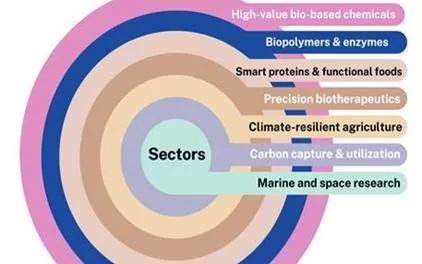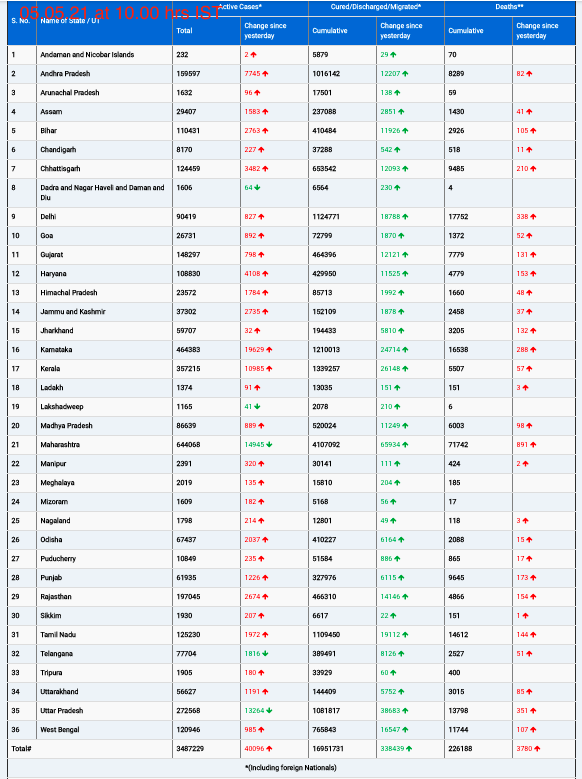October 22, 2024
An international research team led by the University of Maryland’s School of Public Health (UMD SPH) has developed an AI-based model to predict outbreaks of diarrheal diseases triggered by extreme weather events linked to climate change. Published in Environmental Research Letters, this groundbreaking study could provide public health systems with early warning capabilities, allowing them weeks or even months to prepare for potential outbreaks and, ultimately, save lives.
Diarrheal diseases remain one of the most dangerous health threats, especially in developing countries where they rank as the third leading cause of death among children under five. Climate-related events like intense floods and prolonged droughts exacerbate these risks, creating conditions ripe for infectious disease outbreaks due to compromised sanitation and water access. The AI model, created by a multidisciplinary team led by Dr. Amir Sapkota, Chair of UMD SPH’s Department of Epidemiology and Biostatistics, relies on data from climate patterns, precipitation, temperature, historical disease rates, and El Niño events to anticipate disease burdens across affected areas.
“Increases in extreme weather events related to climate change will only continue in the foreseeable future. We must adapt as a society,” said Sapkota. “The early warning systems outlined in this research are a step in that direction to enhance community resilience to the health threats posed by climate change.”
The study focused on Nepal, Taiwan, and Vietnam over a nearly two-decade span (2000–2019). The team trained AI models with environmental and epidemiological data from these countries, enabling them to forecast disease incidence by region with significant lead time. According to Sapkota, the model’s predictive capability is not limited to Asia; it could potentially benefit any region lacking secure drinking water and sanitation infrastructure, making it a valuable tool for global public health.
“This AI-based system gives public health practitioners crucial time to prepare, which means they are better equipped to respond when the time comes,” Sapkota added. Dr. Raul Cruz-Cano, the study’s lead author and Associate Professor at Indiana University School of Public Health, emphasized that “our findings are quite applicable to other parts of the world.”
The research team, bringing together expertise from environmental science, health research, and water resources engineering, collaborated across multiple institutions, including Indiana University, the Nepal Health Research Council, Vietnam’s Hue University of Medicine and Pharmacy, Lund University in Sweden, and Chung Yuan Christian University in Taiwan. This diversity of knowledge underscores the complexity of developing predictive health models in the context of climate change.
The research received support from the National Science Foundation (NSF) through the Belmont Forum, the Swedish Research Council for Health, Taiwan’s Ministry of Science and Technology, and the NSF National Research Traineeship Program.
In the face of escalating climate risks, Sapkota expressed optimism for the role of AI in public health: “AI’s ability to work with huge datasets means this study is just the beginning. We anticipate increasingly accurate models that will prepare communities to protect themselves from a heightened risk of diarrheal outbreaks.”
As extreme weather becomes more common, innovations like these early-warning systems are essential for building resilience in vulnerable populations, allowing health systems the critical lead time needed to mitigate disease impact.
Source: University of Maryland
Journal Reference: Cruz-Cano, R., et al. (2024). A prototype early warning system for diarrhoeal disease to combat health threats of climate change in the Asia-Pacific region. Environmental Research Letters. doi.org/10.1088/1748-9326/ad8366












